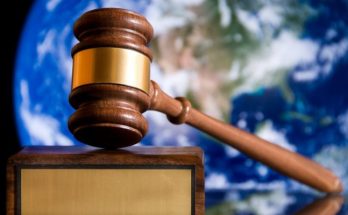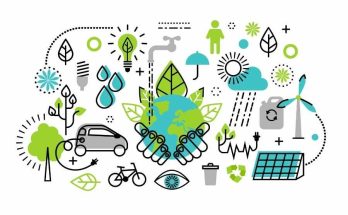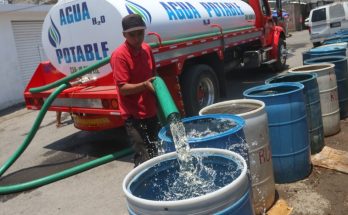By Alejandro Angulo
Territory categorization is not only a methodological approach; it is also an urgent vision in the current world, where most of the population is concentrated in cities and where urban areas are expanding. This growth has serious environmental impacts. Land is molded under these conditions into urban territories, and these changes create economic, social, and environmental dynamics.
Mexico is also experiencing expanding metropolitan areas, and Querétaro is no exception.
As the “Valle de Aburrá-Medellín Declaration of the Metropolitan Areas of the World, for the Post-2020 Global Biodiversity Framework,” points out, “With the extension of urbanization and conurbation, and with the interconnection of ecosystems and natural resources, we understand that municipalities as political units can no longer manage by themselves. Even with the support of subnational and national governments, they lack the natural resources needed to provide nature-based solutions for development and well-being.» It adds that, «We understand that we live on an increasingly urban planet.»
Urban areas are expanding at around 2.5 percent of the world’s surface, and this expansion brings a projected biodiversity loss of 16 percent by 2030. Human survival in this setting depends fundamentally on sustainable management. It is what the “New Urban Agenda” of the United Nations called urban-rural linkages to the regular cycles of the goods and services of nature, such as clean air and water, food, and health for cities and metropolitan centers.
To summarize: “There is an urgent need to develop, implement, and improve the frameworks and tools of territorial public policies for metropolitan areas based on the consensus of the participating municipalities and on an integrating vision at the thematic and geographical level. We propose the rational use of biodiversity and ecosystem services for the development and quality of human life at the level of conurbations, metropolitan areas, and other innovative forms of management.” These recommendations, seen as a whole, provide an outline of actions for metropolitan areas over the next three years:
• Update local ecological ordinances to protect strategic areas for recharge of water and soil that has a high percentage of erosion.
• Generation of a metropolitan ecological order.
• Studies calculating the Natural Capital Index of metropolitan municipalities, in order to have comparable indicators and to generate harmonized public policies.
• Sustainable green infrastructure, eco-mobility, and control of air and water pollution for urban health.
• Financing of metropolitan action for the protection of ecosystems.
• Metropolitan land use planning, integrating productive landscapes, and connected protected areas.
• Management of urban and peri-urban agriculture for food security, health, and nutrition.
• Restoration of ecosystems and creation of fragments of urban biodiversity.
• Valuation of the natural assets of the metropolitan area to create a local carbon bond market for compensation and ecological transactions for sustainability.
• Promote a circular economy of the territory.
We must not lose sight that there are other challenges. One is lack of recognition of the role of metropolitan areas in biodiversity management and insufficient environmental data at the metropolitan level for science-based management. These must be coordinated to develop studies in these fields. There are also food shortages driven by regional wars, crop losses from climate change, falling water tables, soil erosion, rising temperatures, and control of arable land and resources. Water resources are becoming the center of the global struggle for food security. The ability to grow food is fast becoming a new form of geopolitical leverage.
Soil, and specifically the intersection between organic and mineral layers, is where all the action happens. This is where all microbes are found, and it is this microbial abundance that makes for biodiversity. This is the part of the ground on which human life depends.
The metropolitan population depends on the existence of biodiversity, its soil, and its ecosystems. The metropolis is a grouped and interdependent territorial geography, which generates dynamics on a municipal scale. But this is not an impediment to certain ecological processes such as aquifer recharge and water availability, climatic thermoregulation, air quality, the movement of fauna, pollinating processes, the capture of CO2, and the removal of pollutants.
Metropolization and its governance have been postponed too long. Now is the time to make decisions—before the environmental crisis or collapse comes upon us. Certain trajectories can only be reoriented or corrected from a metropolitan position, but not a local one.
What does it take to make the leap?




